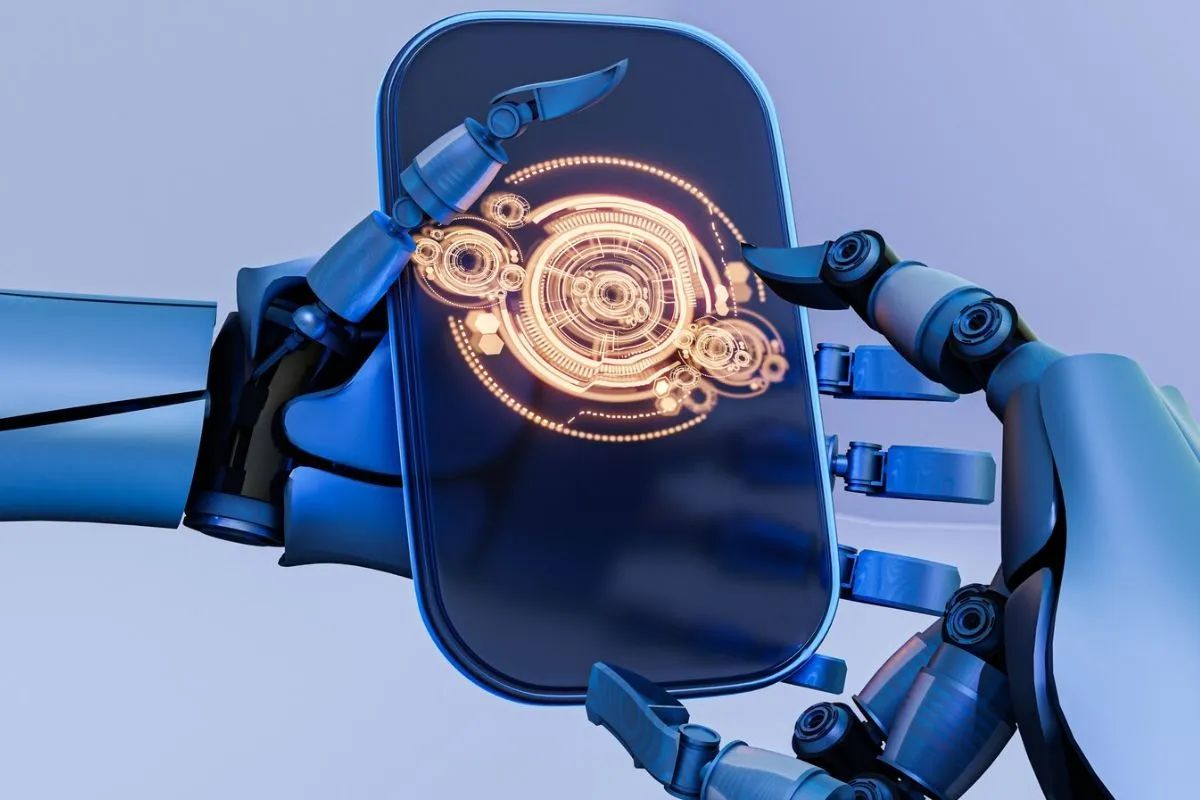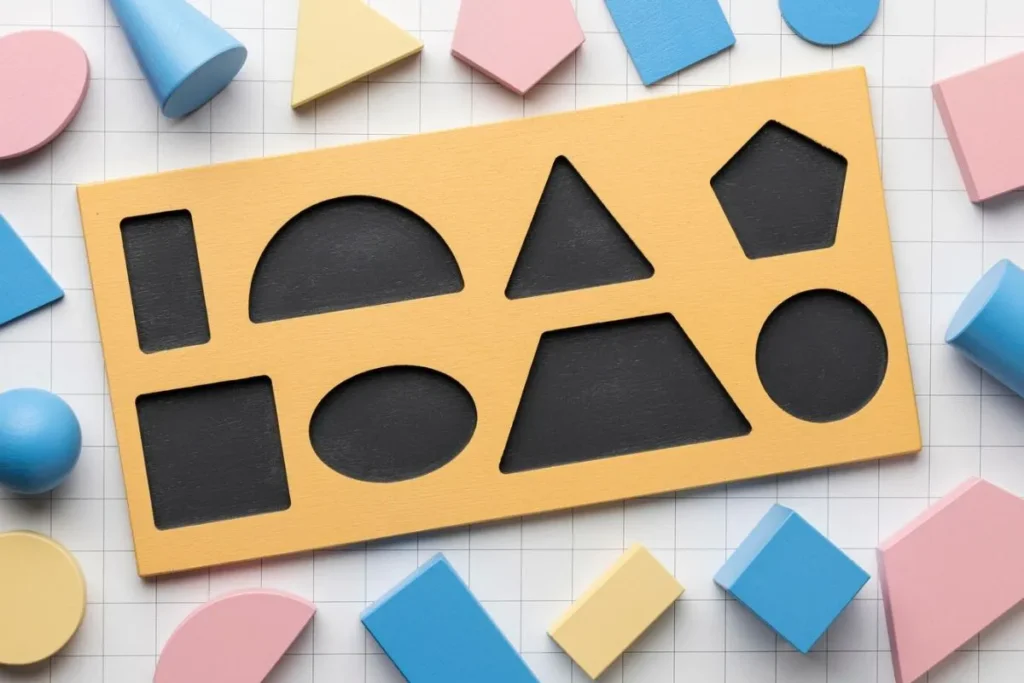Algorithmic Art with Cellular Automata is a vibrant and innovative field that intersects computer science and artistic creation. This article explores how cellular automata can produce intricate and dynamic patterns.
By harnessing the rules and behaviors of these mathematical models, artists can generate stunning visuals. The exploration of these methods offers a unique blend of patterns and complexity.
Let’s delve into the techniques and applications of algorithmic art with cellular automata, uncovering how technology can inspire creativity.
What is Algorithmic Art?
Algorithmic art refers to artwork created using algorithms, often involving computers. Through specific rules, algorithms generate visuals.
These rules can create diverse and intricate patterns, enabling the artist to explore complex formations. This form of art sensitizes the intricate dance between order and randomness.
The use of algorithms in art challenges traditional boundaries, fostering a novel realm where mathematics and aesthetics converge.
Understanding Cellular Automata
A cellular automaton is a collection of “cells” on a grid that evolves through time according to a set of rules. Each cell can be in one of several states.
The state of each cell at the next step is determined by its current state and the states of its neighbors. Commonly used for modeling complex systems, such as biological patterns.
Cellular automata are instrumental in creating algorithmic art, as they naturally form intricate and captivating patterns.
Basic Principles of Cellular Automata
Cellular automata operate on simple rules applied over iterations. These rules dictate the behavior of cells based on their neighbors.
Conway’s Game of Life is a famous example. In this game, cells live, die, or reproduce based on their neighbors’ states.
This simplicity gives rise to complex structures and organic forms, making cellular automata ideal for creating algorithmic art.
Types of Cellular Automata
There are various types of cellular automata, each with unique characteristics. One-dimensional and two-dimensional automata are the most common.
One-dimensional automata consist of rows of cells, while two-dimensional automata involve grids. Each type offers distinctive visual potentials.
These variations allow artists to experiment with different formations and aesthetic outcomes.
Methods for Creating Algorithmic Art with Cellular Automata
The creation process involves defining initial conditions, establishing rules, and iterating these rules over time. Software tools assist in visualizing results.
Artists can customize rules to explore unique patterns. The flexibility of cellular automata enables an extensive range of artistic expressions.
Let’s look at some steps and tools used in this process:
Establishing Initial Conditions
The initial state of cells sets the stage for the development of patterns. Random or structured arrangements can be used.
The choice of initial conditions significantly impacts the resulting artwork. Experimentation is key to uncovering striking visuals.
This phase allows artists to infuse their vision and creativity into the process.
Defining and Applying Rules
Rules dictate how cells evolve. These can be based on predefined algorithms or custom-designed by the artist.
Complex rules often lead to more intricate patterns, contributing to the artwork’s richness. Artists can create cascading effects or emergent forms.
This step requires a balance between predictability and randomness to achieve visually appealing results.
Iteration and Visualization
Applying rules iteratively allows patterns to emerge. The number of iterations can be adjusted to reveal more complexity.
Visualization tools, such as software programs, help artists observe and refine their creations in real-time.
This iterative process is essential for achieving the desired artistic outcome, making adjustments as needed.
Applications of Algorithmic Art with Cellular Automata
Algorithmic art with cellular automata spans various domains, from digital art to scientific modeling. Its versatility is evident in:
Decorative art showcases visually dynamic patterns. Scientific visualizations use cellular automata for modeling growth and interactions.
Each application underscores the profound impact of combining art and technology.
Digital Art and Installations
Digital artists leverage cellular automata to generate ever-evolving artworks. Interactive installations allow audience engagement.
The dynamic nature of cellular automata provides a unique viewing experience. Installations can adapt and change, driven by real-time data or user input.
This approach creates immersive and participatory art, blurring the lines between creator and audience.
Textile and Pattern Design
Cellular automata influence textile and pattern design, producing complex and repetitive motifs. These designs are used in fashion, interior decoration, and architecture.
The repeatability and variability of patterns make them ideal for textiles. Artists can create unique fabrics with visually captivating designs.
This application bridges traditional craftsmanship and modern algorithmic techniques, enriching the design landscape.
Scientific and Educational Tools
Cellular automata are used in scientific visualizations and educational tools. Simulating biological processes or phenomena is a common application.
They help illustrate dynamic systems, making complex concepts more accessible. Educational platforms use cellular automata for interactive learning.
This application emphasizes the educational value of cellular automata, fostering a deeper understanding of complex systems.
The Future of Algorithmic Art with Cellular Automata
The future of algorithmic art with cellular automata is bright and full of potential. Advancements in technology continually expand creative possibilities.
Improved computational power and algorithms will enable even more complex and nuanced patterns. The integration with other technologies, such as AI and VR, is on the horizon.
This evolution promises a fusion of traditional artistic practices with cutting-edge innovation, pushing the boundaries of creativity further.
Integration with AI and Machine Learning
AI and machine learning algorithms can enhance cellular automata, creating more sophisticated rules. Predictive models can guide artistic creation.
The collaboration between human intuition and machine precision leads to richer artworks. Artists can explore uncharted aesthetic territories with AI assistance.
This synergy is expected to redefine the landscape of algorithmic art, fostering new forms of expressions.
Virtual and Augmented Reality
Virtual and augmented reality (VR/AR) offer immersive platforms for displaying algorithmic art. Interactive VR environments will enable users to explore cellular automata.
AR applications can overlay algorithmic patterns onto real-world objects, enhancing everyday experiences. This integration brings algorithmic art into tangible contexts.
These technologies provide novel ways to interact with art, creating engaging and memorable experiences.
Environmental Impact
Algorithmic art can raise awareness about environmental issues. Simulating natural patterns and ecosystems fosters appreciation and understanding.
Artists can use cellular automata to visualize environmental changes. This helps communicate complex phenomena in an accessible manner.
Leveraging art to promote sustainability underscores the socially conscious dimension of algorithmic exploration.
A Continuing Journey
Algorithmic art with cellular automata bridges the gap between technology and creativity, producing mesmerizing visuals through simple rules. Its applications range from digital art to scientific modeling.
The future holds exciting possibilities, with advances in AI and VR broadening the horizons. Engage with this dynamic field to explore the evolving interplay between mathematics and art.
Discover the fascinating world of algorithmic art and let your creativity flourish with cellular automata!
Frequently Asked Questions
What is algorithmic art with cellular automata?
It is a form of art created using the rules of cellular automata, mathematical models that generate patterns through simple, iterative rules.
How do cellular automata generate art?
By defining initial conditions and applying rules, cellular automata evolve over time, creating intricate patterns and visual effects.
Can anyone create algorithmic art with cellular automata?
Yes, there are various software tools and platforms that make it accessible to both novice and experienced artists.
What are the applications of algorithmic art with cellular automata?
Applications include digital art, textile design, scientific visualizations, and educational tools, illustrating its versatility and impact.
What is the future of algorithmic art with cellular automata?
Future advancements will integrate AI and VR, enhancing complexity and offering new interactive experiences in algorithmic art.




